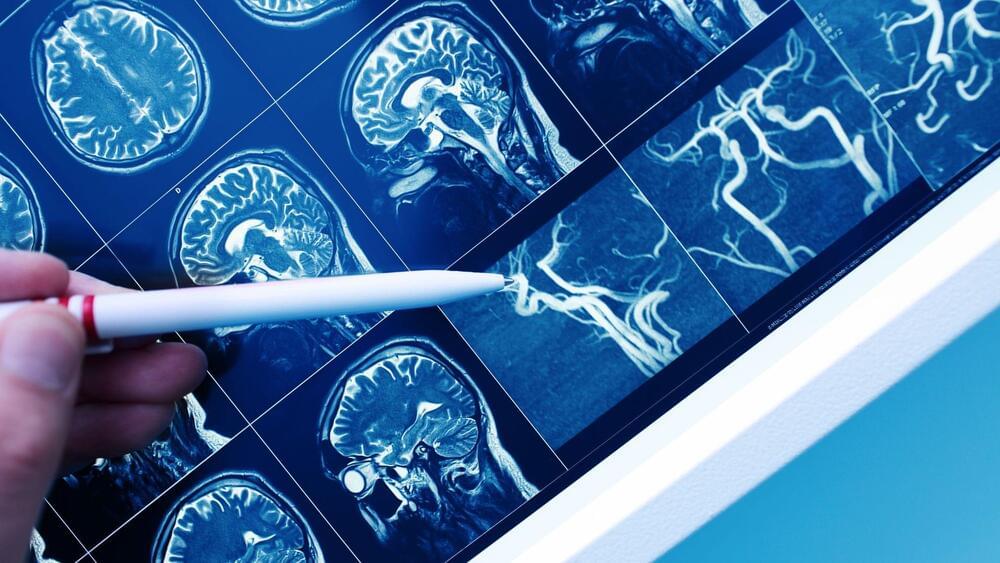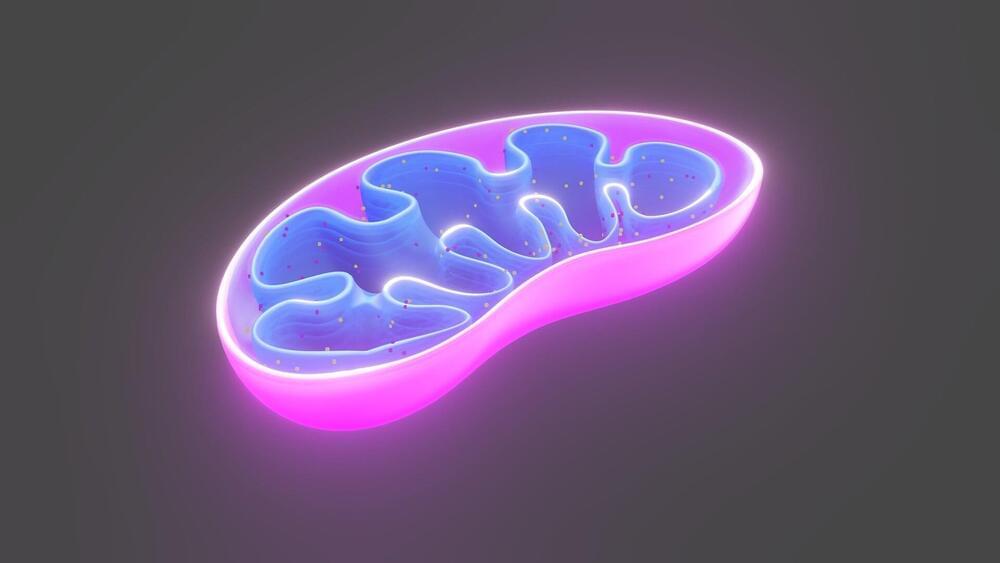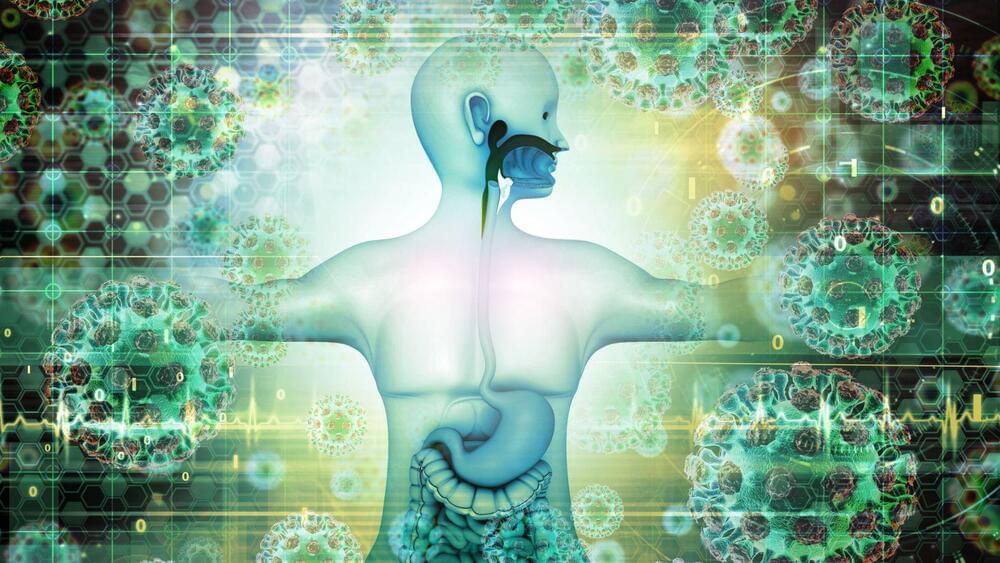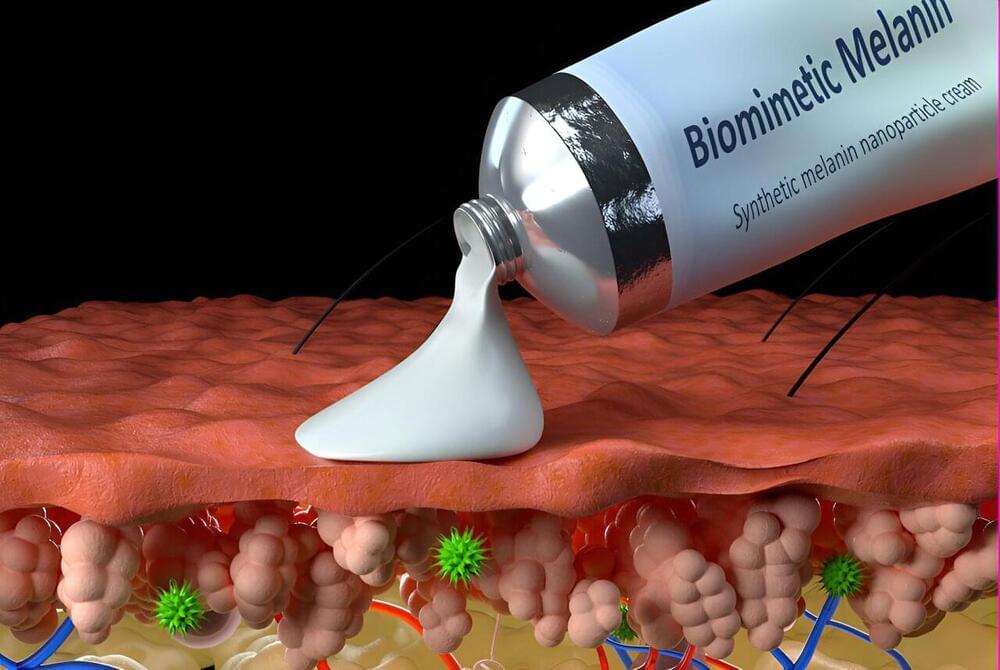That would be great!
There’s one major key to unlocking extreme longevity.


Researchers from the Faculty of Medicine and Surgery at the Catholic University, Rome and the Fondazione Policlinico Universitario A. Gemelli IRCCS have developed an engineered protein that boosts memory.
Neuroscientists at the Faculty of Medicine and Surgery of the Catholic University, Rome, and the Fondazione Policlinico Universitario Agostino Gemelli IRCCS have genetically modified a molecule, the protein LIMK1, which is normally active in the brain, with a key role in memory.
They added a “molecular switch” that is activated by administering a drug, rapamycin, known for its several anti-aging effects on the brain.

Cerebral small vessel disease is a significant cause of aging-related mental decline and accounts for almost half of all dementia cases globally.
Sudok1/iStock.
The research, published in the journal Stem Cell Reports, also suggests a possible drug target to prevent or treat the condition known as cerebral small vessel disease (SVD).

Summary: Researchers made a breakthrough in memory research by genetically modifying the LIMK1 protein, crucial for memory, to be controlled by the drug rapamycin.
This study demonstrates the ability to enhance memory functions by manipulating synaptic plasticity in the brain.
The engineered protein showed significant memory improvement in animal models with age-related cognitive decline, offering potential for innovative treatments for neuropsychiatric diseases like dementia. This ‘chemogenetic’ approach, blending genetics and chemistry, opens new avenues in neurological research and therapy.
Join us on Patreon! https://www.patreon.com/MichaelLustgartenPhD
Discount Links:
Epigenetic, Telomere Testing: https://trudiagnostic.com/?irclickid=U-s3Ii2r7xyIU-LSYLyQdQ6…M0&irgwc=1
Use Code: CONQUERAGING
NAD+ Quantification: https://www.jinfiniti.com/product/intracellular-nad-test/
Use Code: ConquerAging At Checkout.
Oral Microbiome: https://www.bristlehealth.com/?ref=michaellustgarten.
Enter Code: ConquerAging.
At-Home Metabolomics: https://www.iollo.com?ref=michael-lustgarten.
Use Code: CONQUERAGING At Checkout.
At-Home Blood Testing (SiPhox Health): https://getquantify.io/mlustgarten.
Listen now (66 mins) | If you would like to support this podcast, click here. Max More is a philosopher, futurist, and former CEO of Alcor Life Extension Foundation. He is currently Director of Communications at Biostasis Technologies. Max wrote the first definition of “Transhumanism” in its modern sense.

Having healthy mitochondria, the organelles that produce energy in all our cells, usually portends a long healthy life whether in humans or in C. elegans, a tiny, short-lived nematode worm often used to study the aging process.
Researchers at the Buck Institute have identified a new drug-like molecule that keeps mitochondria healthy via mitophagy, a process that removes and recycles damaged mitochondria in multicellular organisms. The compound, dubbed MIC, is a natural compound that extended lifespan in C. elegans, ameliorated pathology in neurodegenerative disease models of C. elegans, and improved mitochondrial function in mouse muscle cells. Results are published in the November 13, 2023, edition of Nature Aging.
Defective mitophagy is implicated in many age-related diseases. It’s tied to neurodegenerative disorders such as Parkinson’s and Alzheimer’s; it plays a role in cardiovascular diseases including heart failure; it influences metabolic disorders including obesity and type 2 diabetes; it is implicated in muscle wasting and sarcopenia and has a complex relationship with cancer progression.

Mitophagy-inducing compound (MIC), a natural compound in plants, may combat age-related diseases by promoting mitochondrial health through mitophagy.
Mohammed Haneefa Nizamudeen / iStock.
According to a statement by scientists, mitophagy is a process that removes and recycles damaged mitochondria in multicellular organisms.
Join us on Patreon! https://www.patreon.com/MichaelLustgartenPhD
Discount Links:
Epigenetic, Telomere Testing: https://trudiagnostic.com/?irclickid=U-s3Ii2r7xyIU-LSYLyQdQ6…M0&irgwc=1
Use Code: CONQUERAGING
NAD+ Quantification: https://www.jinfiniti.com/product/intracellular-nad-test/
Use Code: ConquerAging At Checkout.
At-Home Metabolomics: https://www.iollo.com?ref=michael-lustgarten.
Use Code: CONQUERAGING At Checkout.
Oral Microbiome: https://www.bristlehealth.com/?ref=michaellustgarten.
Enter Code: ConquerAging.
At-Home Blood Testing (SiPhox Health): https://getquantify.io/mlustgarten.

Imagine a skin cream that heals damage occurring throughout the day when your skin is exposed to sunlight or environmental toxins. That’s the potential of a synthetic, biomimetic melanin developed by scientists at Northwestern University.
In a new study, the scientists show that their synthetic melanin, mimicking the natural melanin in human skin, can be applied topically to injured skin, where it accelerates wound healing. These effects occur both in the skin itself and systemically in the body.
When applied in a cream, the synthetic melanin can protect skin from sun exposure and heals skin injured by sun damage or chemical burns, the scientists said. The technology works by scavenging free radicals, which are produced by injured skin such as a sunburn. Left unchecked, free radical activity damages cells and ultimately may result in skin aging and skin cancer.